1,575 days, 2,408 entries ...
Newsticker, link list, time machine: HOLO.mg/stream logs emerging trajectories in art, science, technology, and culture––every day
August 2021
“The Neural Yorker explores the limits of an important feature in the history and the modes of address of cartoon making: the non sequitur.”
“Someone wrote the worst crypto-bot and I’m taking advantage of it. Am I a bad person?”
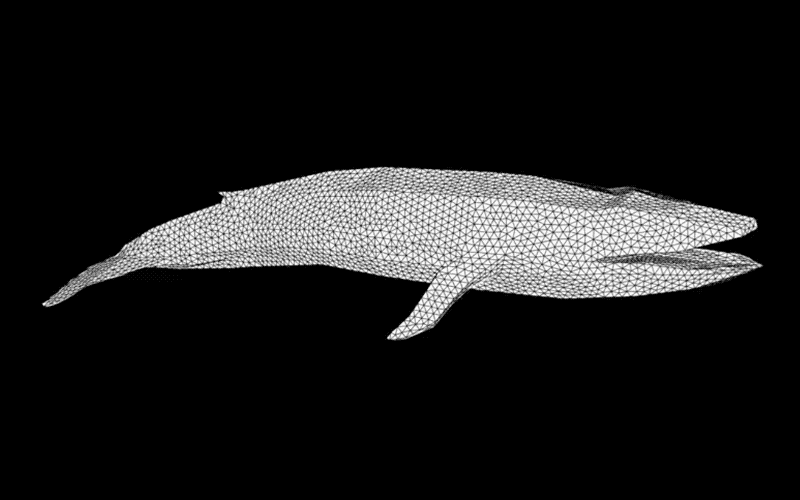
“Data pointed to online interactions largely mirroring offline behaviour, with people predisposed to aggressive, status-seeking behaviour just as unpleasant in person as behind a veil of online anonymity.”
A media art trail of “dreams and utopias” curated by Vesela Stanoeva and Alain Bieber, “Welcome to Paradise” opens at NRW Forum, Düsseldorf. Across the 1,200 square-meter exhibition architecture, visitors encounter works by over 20 international artists including A.A Murakami, Martin Backes, Sandrine Deumier, Noriyuki Suzuki, and Paola Pinna that explore new forms of spirituality, digital rituals, and physicality in the virtual. “At the end of the journey, paradise awaits—or does it?”
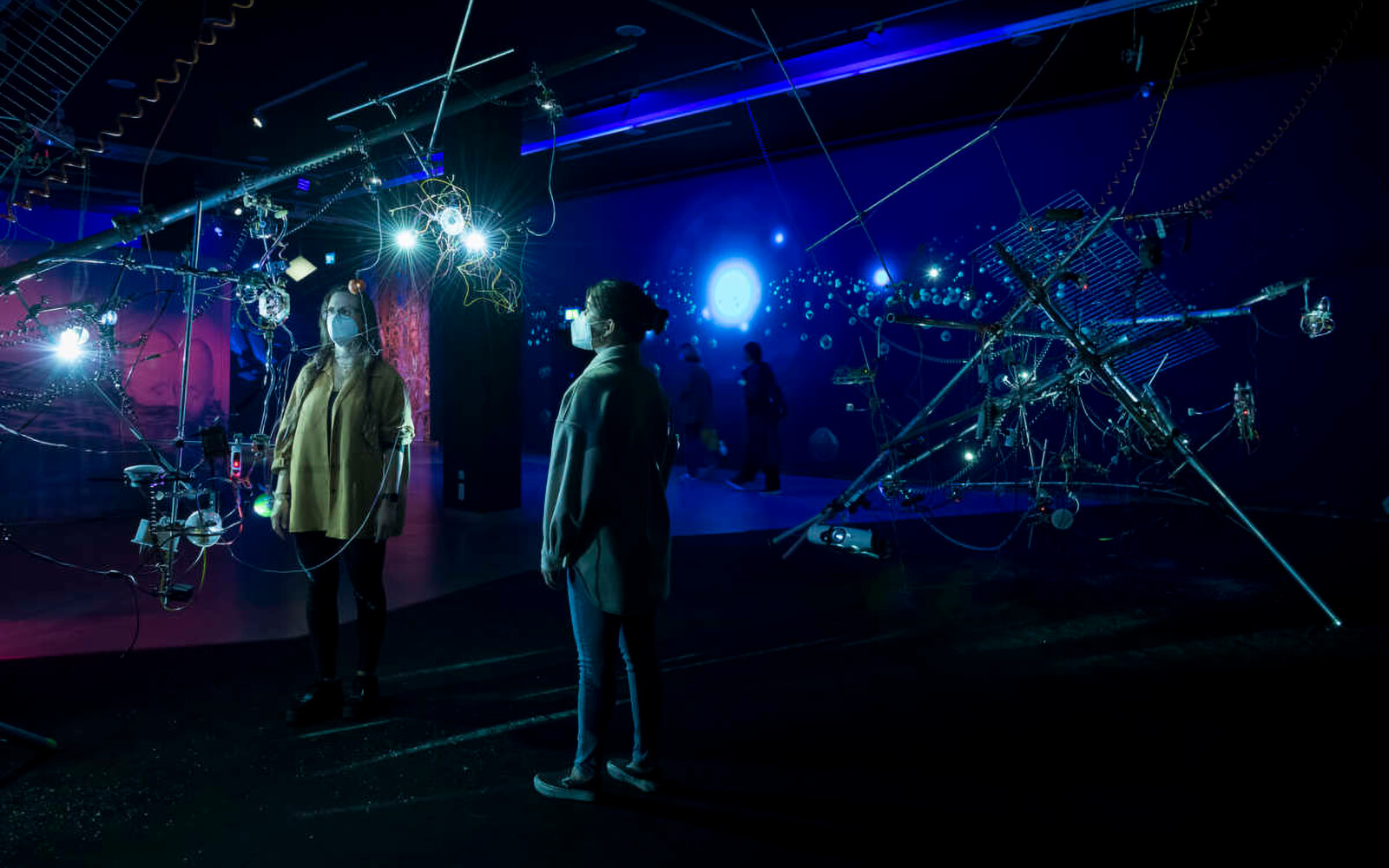
“Hour One doesn’t ask for any particular skills. You just need to be willing to hand over the rights to your face.”
Timothy Morton
All Art is Ecological
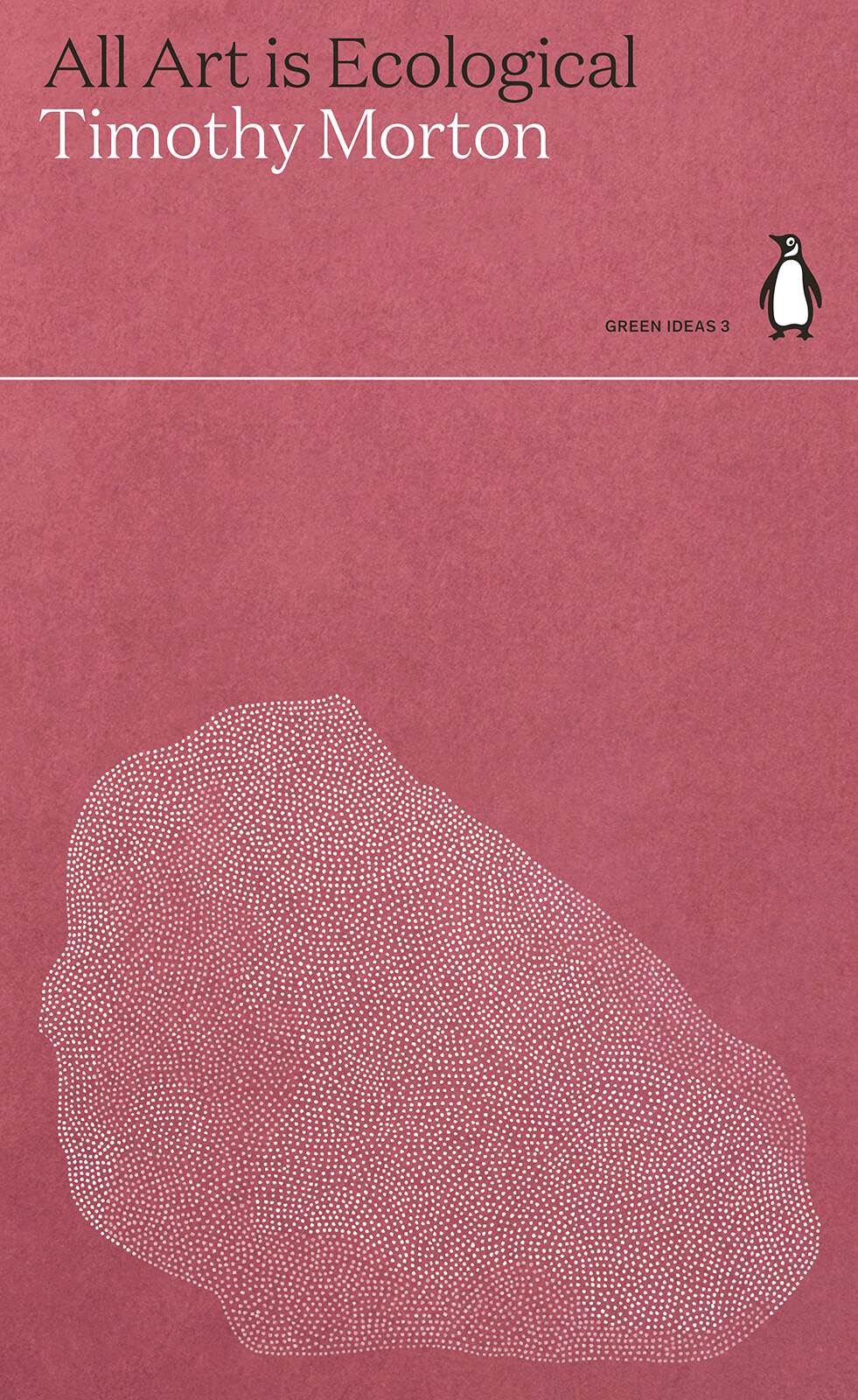
“What really got me thinking about this is the pandemic and how unprepared the world was. There was no protocol to deal with it effectively, and it’s the same with internet resilience.”
Collaborating with microbiologists at the University of Natural Resources and Life Sciences Vienna (AT), bioartists Anna Dumitriu and Alex May premiere Fermenting Futures at the 15th International Congress on Yeasts. The work explores a Pichia pastoris yeast that Dumitriu and May CRISPR-modified to capture carbon and output lactic acid for the creation of biodegradable plastic. The project aims to highlight the potential of yeast—“the workhorse of biotechnology”—and is scheduled for several major exhibitions in 2022.
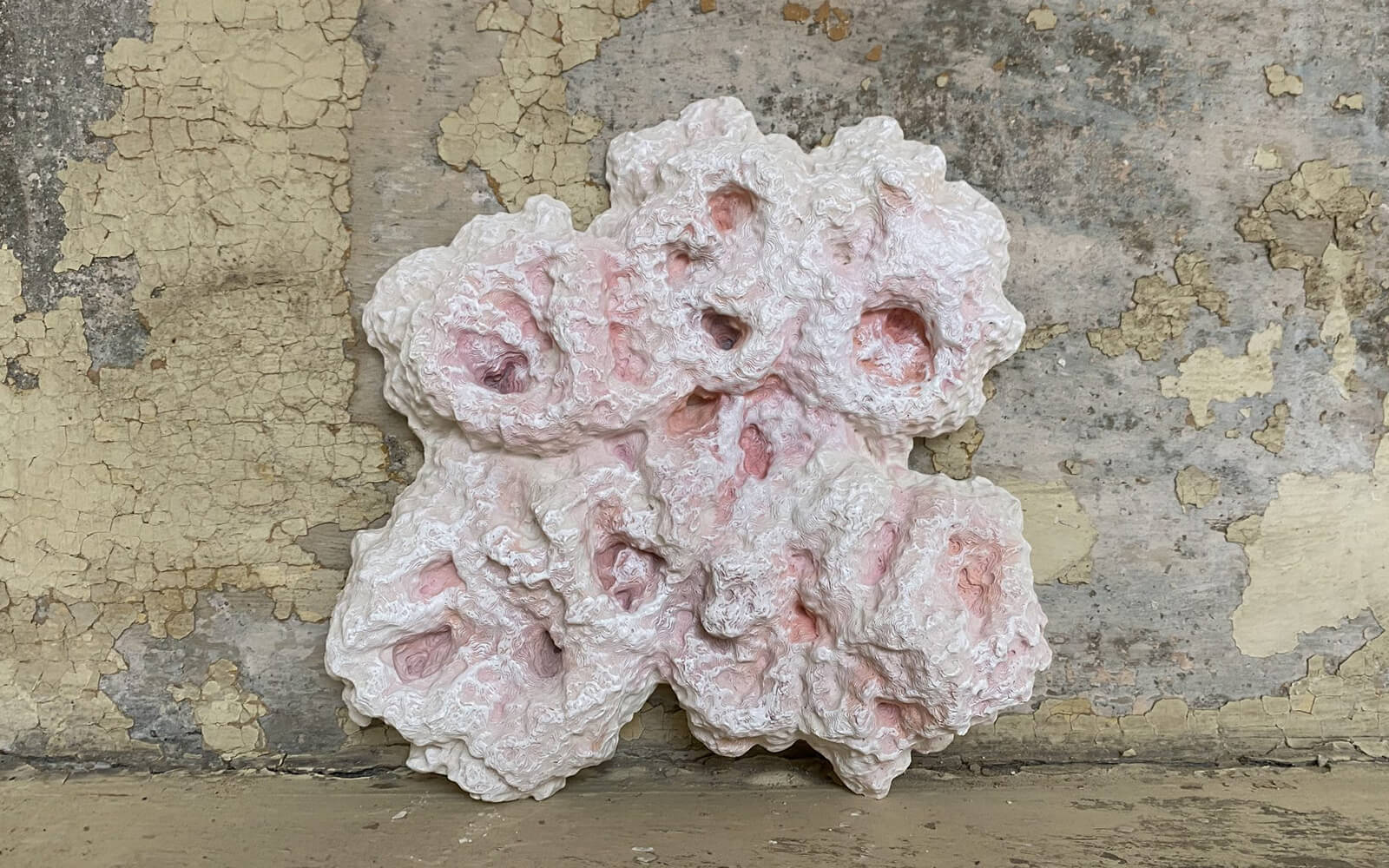
“How do artists, designers, novelists, and theorists ‘record’ within their practice? HOLO invited eight multidisciplinary luminaries to share their research methods, data practice, central software, and information diet.”
“Overground Resistance” opens at MuseumsQuartier Wien’s Q21 exhibition space. Part of Oliver Ressler’s climate justice advocacy, the show includes Laboratory of Insurrectionary Imagination, Metabolic Studio, and Rachel Schragis. While many exhibitions tackle climate change, this is the first to “focus directly” on activism, the organizers note. Participants Tools for Action’s inflatable shields (image: Red Line Barricade, COP21 protest, 2015), for example, are emblematic of the aesthetics of direct action.

Following a recent rumination on peripheral devices, software designer and researcher Andrew Lovett-Barron weighs in on emergent interaction paradigms for VR. Backing away from his initial skepticism towards the medium, he uses Valve’s Half-Life: Alyx (perhaps the gold standard in VR gaming thus far) to think through the state of nuanced interactions and design constraints. Most metaverse cheerleading skips over the fact that our current interaction paradigms will not facilitate the ‘total immersion’ being promised; taking cues from a colour grading tool and a biomechanical keypad, Lovett-Barron thinks through what “functional immersion,” an immersion as situated in purpose-built hardware as HD graphics, could look and feel like for users.
“There will be programmable electronic canvases. If you wanted to show your paintings in Iceland or the Republic of the Congo, you would just mail your program card. The card would be inserted and the canvas would light up from behind.”
Commissioned for the NRW Forum AR Biennale in Düsseldorf (DE), Lauren Lee McCarthy’s I’m Glad You Asked takes over the museum grounds. One of 19 digital sculptures to be explored outdoors via phone or tablet, McCarthy augments the park’s social landscape by virtually labelling various benches with phrases such as “These seats are reserved for people who have a lot of questions.” People who identify may sit down, inevitably mixing—and chatting—with unaware visitors. “Do you have a lot of questions, too?”
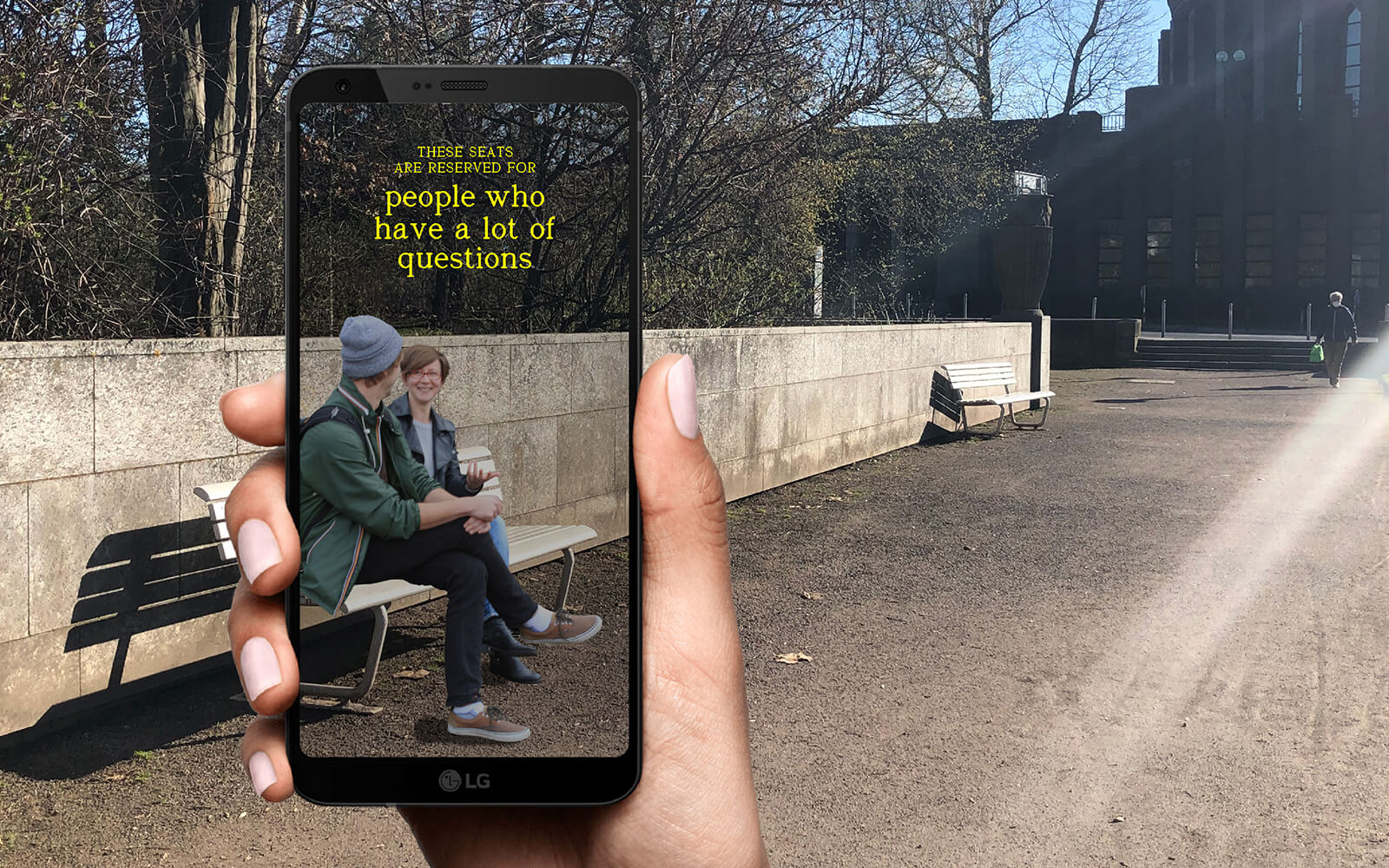
“This camera that you can see on my mask here, is called the Sony Portapak. It was the first consumer video camera.”
Drawing on recent works by Canadian artists Colton Hash and Freya Olafson, artist and writer Stacy Cann dives into digital materiality for Luma Quarterly. Focusing on how the former represents environmental positionality in installation, and how the latter warps embodiement in XR (image: VR Commodity Manifesto, 2019), Cann considers how her case studies problematize the digital, confound viewer expectations, and “give us separation from the subject to consider how we act ethically towards the other, even when they are not human.”
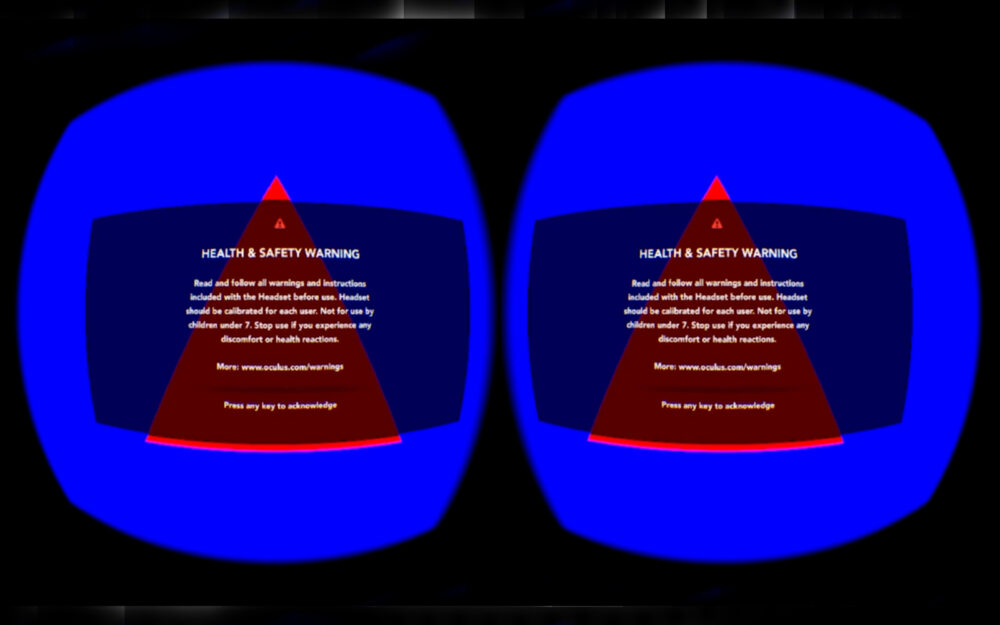
“Leaving your mark can also be acting responsibly and making contributions to our environment which have not necessarily got great big signatures written all over them.”
In an interview conducted in the wake of her current solo show, “Twisted,” at New York’s New Museum, American media artist Lynn Hershman Leeson reflects on five decades of interrogating emerging technologies. Known for making poignant statements about surveillance, bioengineering, and AI (image: Seduction of a Cyborg, 1994), Leeson notes that “every single advancement in technology had its base in warfare. There’s an inherent strand in the DNA of these inventions that leads them to assault. We have to cure that.”
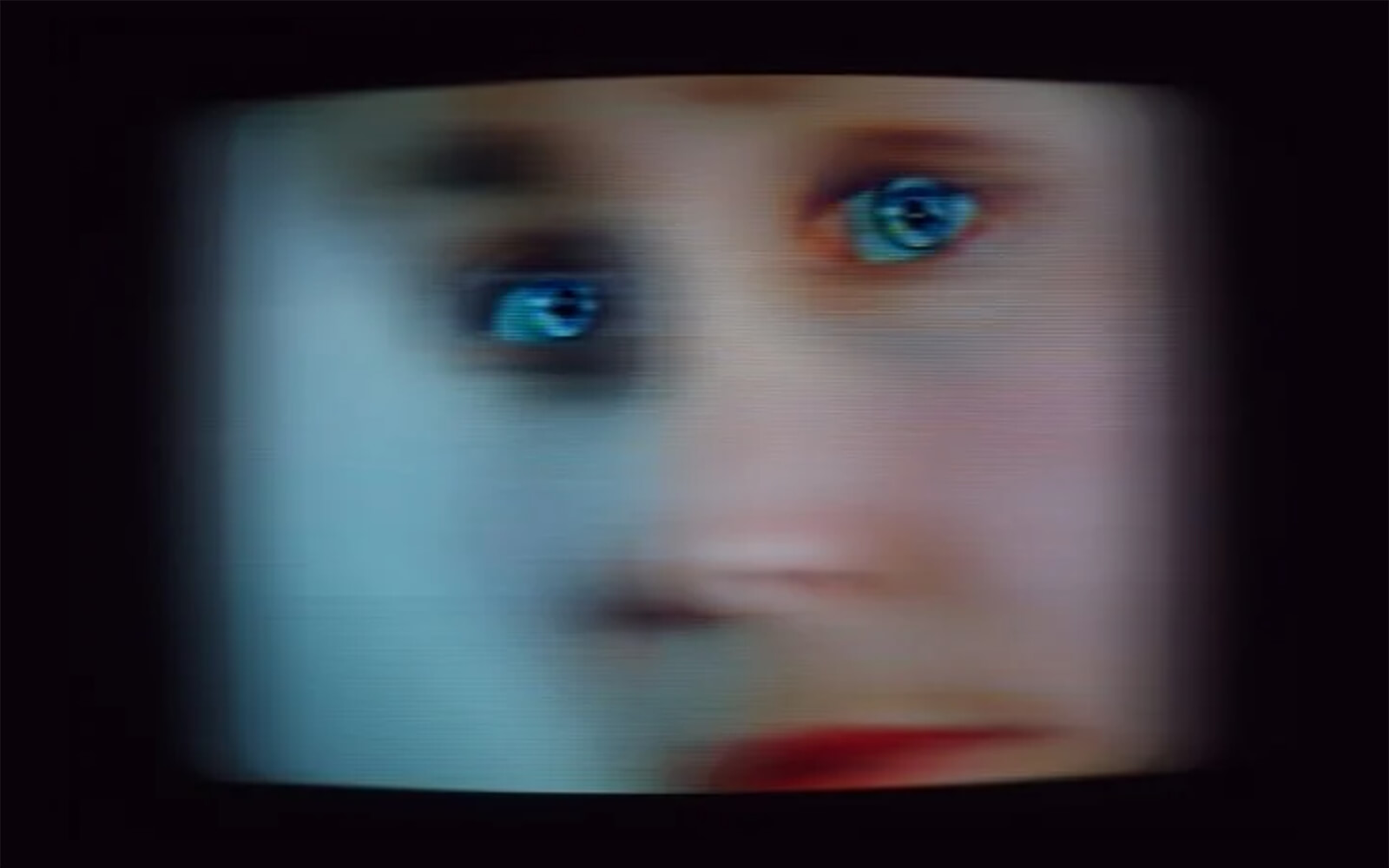
“It’s probably not a coincidence that three of the largest social networks in the world all announced a raft of child-safety features in the summer of 2021. So what could have prompted the changes?”
Daily discoveries at the nexus of art, science, technology, and culture: Get full access by becoming a HOLO Reader!
- Perspective: research, long-form analysis, and critical commentary
- Encounters: in-depth artist profiles and studio visits of pioneers and key innovators
- Stream: a timeline and news archive with 1,200+ entries and counting
- Edition: HOLO’s annual collector’s edition that captures the calendar year in print
